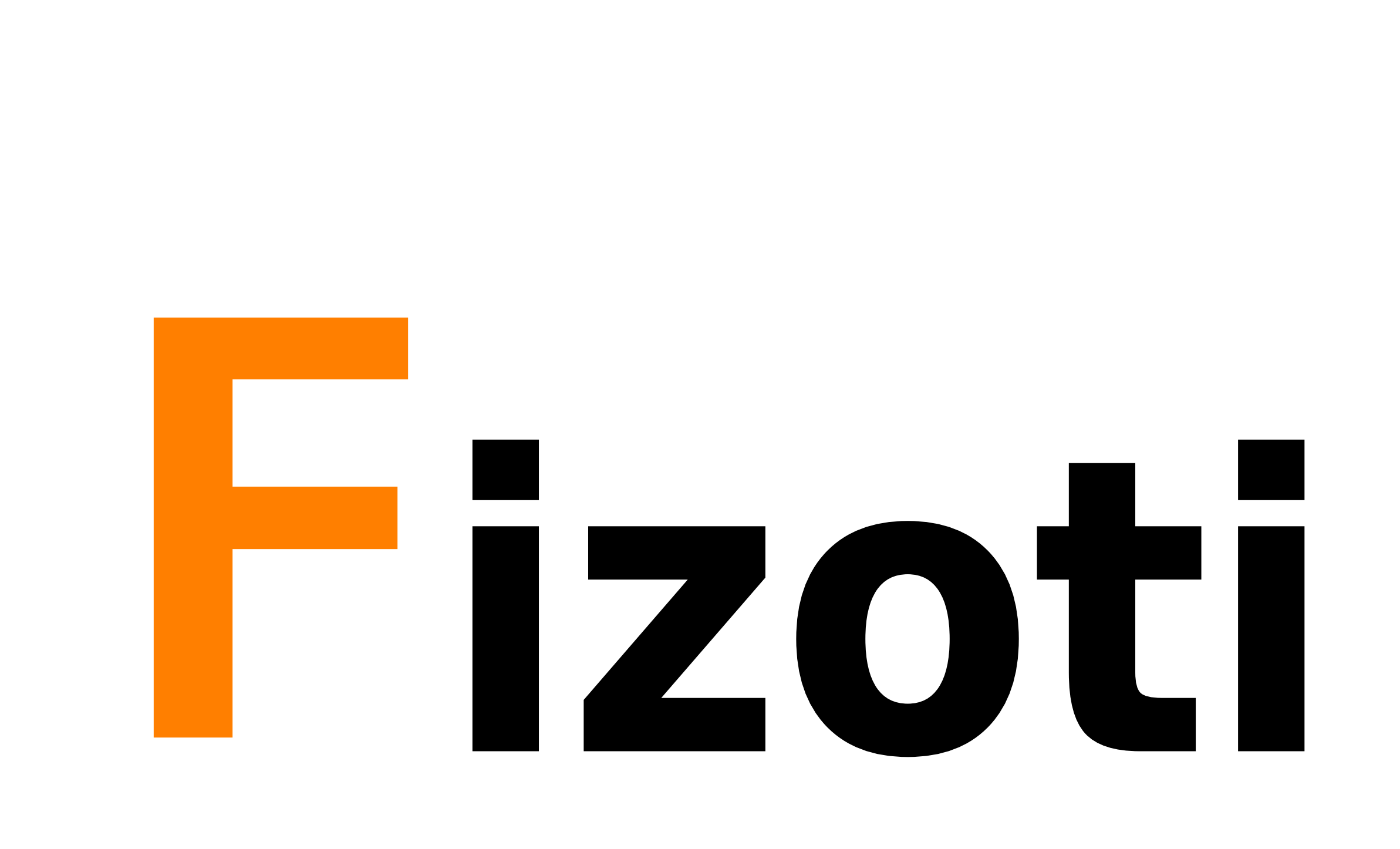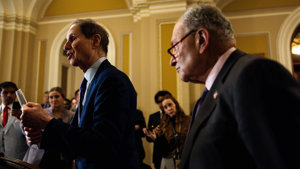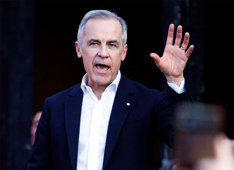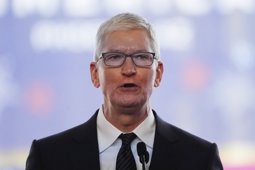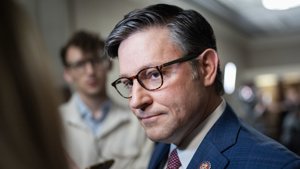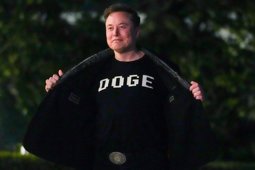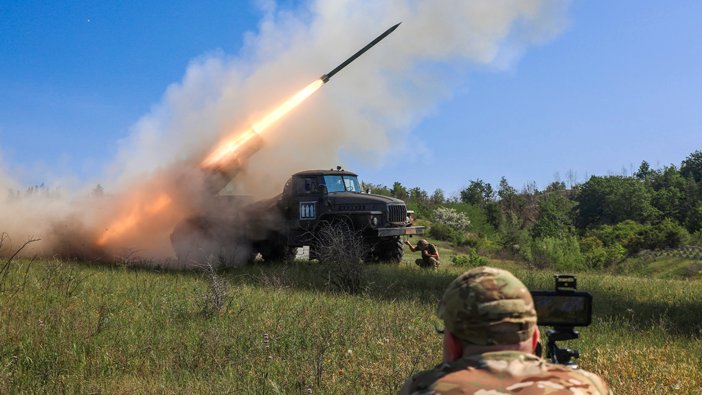
Trump’s NATO-Ukraine Arms Deal Uses European Funds
Trump’s NATO deal sends U.S. weapons to Ukraine using European funds, facing Russian threats and bipartisan debate.
NATO and U.S. Shift Strategy to Support Ukraine With European Money
In a sharp policy pivot, President Donald Trump has unveiled a new NATO agreement that sends U.S.-made weapons to Ukraine, with the bill footed by European allies rather than American taxpayers. This approach has transformed the political debate in Washington, winning over former GOP skeptics of Ukraine aid and recalibrating U.S. strategy in the ongoing war with Russia.
Months after President Trump questioned Ukrainian President Volodymyr Zelenskyy’s commitment to ending the war and expressed doubts about American involvement, his administration now places financial responsibility for Kyiv’s defense squarely on European shoulders. Vice President JD Vance endorsed the move, declaring support for Trump’s effort to “save American taxpayers from indefinitely funding the conflict in Ukraine.”
“While Joe Biden stupidly sent billions of American tax dollars to Ukraine, President Trump put America first and smartly struck a deal that puts the onus on our allies in Europe to pay for the aid to Ukraine,” a Vance spokesperson said.
This new arrangement comes on the heels of a Pentagon review that paused previous weapons shipments. With European funds now covering the cost, deliveries have resumed, including advanced Patriot missile batteries intended to bolster Ukraine’s air defenses. Trump emphasized that NATO allies had agreed to a “very big deal,” pledging billions in purchases from U.S. defense manufacturers for distribution to the battlefield.
GOP Resistance Fades as Russia Issues Warnings
The shift has swayed Republicans who previously opposed aid. Even longtime critics now say the plan reflects “realism and restraint,” with Rep. Brandon Gill, R-Texas, crediting Trump for “getting NATO on board” while keeping U.S. foreign policy focused. Rep. Ralph Norman, R-S.C., who voted against previous Ukraine funding, acknowledged the debate but said, “There’ll be a lot of debate on it, as it should be.”
However, some dissent remains. Rep. Marjorie Taylor Greene insisted that Americans want solutions to domestic challenges, not more foreign involvement. “We do not want to give or sell weapons to Ukraine or be involved in any foreign wars,” she wrote.
Meanwhile, the Kremlin responded with sharp rhetoric. Former Russian President Dmitry Medvedev called NATO’s increased support “a full-scale war” and warned of potential “preemptive strikes” against the West. Russian officials condemned the U.S.-NATO move to deliver Patriot missile systems and accused Western leaders of escalating the conflict.
Trump, speaking at Joint Base Andrews, confirmed that the first Patriot missiles were already being routed through Germany, with NATO countries set to receive and transfer them to Ukraine. While the German Defense Ministry has yet to confirm the specifics of the delivery, the Pentagon has reprioritized shipments to ensure Ukraine receives top-tier air defense systems.
Zelenskyy Calls for Speed, Europe Faces New Commitments
Ukrainian President Zelenskyy welcomed the new support but urged faster action, noting that “every day is scary” for Ukrainians under Russian assault. Zelenskyy expressed hope that the U.S. and Congress would maintain pressure on Moscow, especially as Trump has given Russia a 50-day window to negotiate peace before secondary sanctions and new tariffs on Russian oil buyers take effect.
The White House has remained tight-lipped about claims that Trump discussed the possibility of Ukraine targeting Moscow. European and U.S. leaders continue to debate timelines and logistics, with Switzerland also reporting delays in their own Patriot battery deliveries due to the U.S. prioritizing Ukrainian defense needs.
As Congress and NATO allies adjust to the new reality, the fate of Ukraine aid now hinges on Europe’s financial commitment and Washington’s evolving strategy. With bipartisan debate continuing and Russia raising the stakes, the coming weeks will be critical for Ukraine’s defense and the stability of NATO’s eastern flank.
